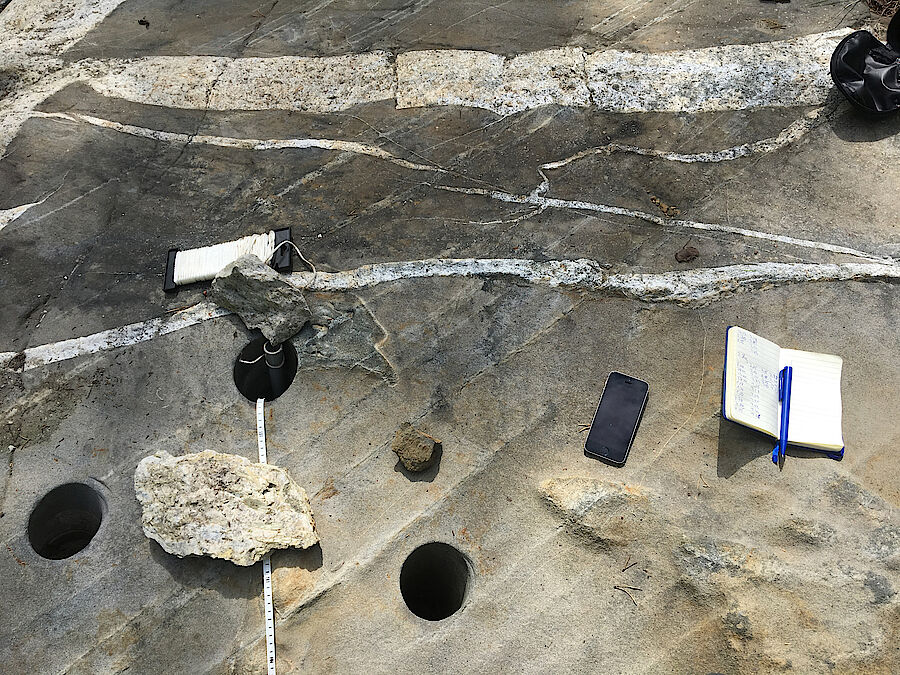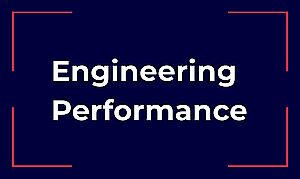Electromobility will be one of the most exciting markets of the future, and in its broadest sense this also includes electric scooters and container ships. And the exciting thing about the future is, of course, that it wouldn’t even exist without the past – what is currently seen as a progressive alternative to the internal combustion engine is actually this alternative’s forerunner. The very first automobiles were electrified three-wheelers. These wouldn’t have been possible without batteries, which were invented in the mid-19th century. And these batteries would never have come into existence had the human race not engaged in mining centuries ago. This is something that many people are unaware of – be it the first lead-acid batteries or today’s most advanced lithium-ion batteries, without ‘battery minerals’ it would be impossible for us to store electricity in these compact forms. This is why these minerals are now highly sought after as resources all over the world.
What rocks have to do with electromobility
Lithium deposit revalued
Long-standing deposits become interesting too when you are looking for minerals that were once unprofitable to mine due to a lack of demand. Economic assessment is therefore now an important part of our work. We performed this for example for our client Rock Tech Lithium Inc., which is running the Georgia Lake project in Canada. The spodumene-bearing pegmatites (lithium ore) there were discovered and partially prospected back in 1955, but have not been mined until now. As demand for lithium rose, these deposits became the focus of increasing attention again starting in 2012. Rock Tech has been intensively exploring the deposits since 2016 and commissioned DMT with reassessing their lithium content, with the aim of using historical drilling results to pinpoint additional indicated lithium deposits and to verify anomalies previously identified. Based on the cumulative findings, a new drilling concept was developed in 2017 in order to update the full geological model of the deposits.
Successful Preliminary Economic Assessment (PEA)
Our work results were published in summer 2018: the estimation of the deposits increased by 40 per cent compared with the previous assumptions, while the resources in the ‘measured and indicated’ category more than doubled. It is worth noting that the work was conducted in accordance with the widely recognised Canadian standard NI (National Instrument) 43-101 and was overseen and confirmed by a recognised and independent competent person. In this case, this was our colleague Karl-Stephan Peters, who is a qualified European Geologist (EurGeol 787). Based on this data and on hydrogeological and geotechnical surveys and analyses of economic recoverability, a preliminary economic assessment (PEA) is then drawn up that demonstrates the deposits’ economic potential.
A digital drill core library
Incidentally, we are also working on making such surveys even more traceable by digitalising the drill cores. While this may sound absurd, it is actually the solution to an age-old problem. Drill cores are, by their very nature, large and heavy. We had samples from a total of 175 boreholes at Georgia Lake, measuring more than 29,000 metres in length. This not only makes the physical examinations difficult, but documentation too – imagine the size of the archive needed for this survey alone.
And anyone wishing to examine the samples has to be on site; if you want to check something at a later date, you literally have to go down into the basement – wherever that may be. We are changing this with our core scanner: the drill cores are not only logged, i.e. interpreted and paired with the relevant data, but are also scanned as a 3D image and digitalised, enabling them to be made available at all times and from anywhere.
Because another important element for decision makers and investors that features in DMT’s work is innovation. DMT not only has 280 years of mining experience, but also assists with the evaluation of resources, assesses critical raw material deposits, is involved in national and international research projects in these areas and supports buyers and sellers with their due diligence reviews. We make our contribution to progress right at the start of the value chain – which is why we talk about Engineering Performance.




